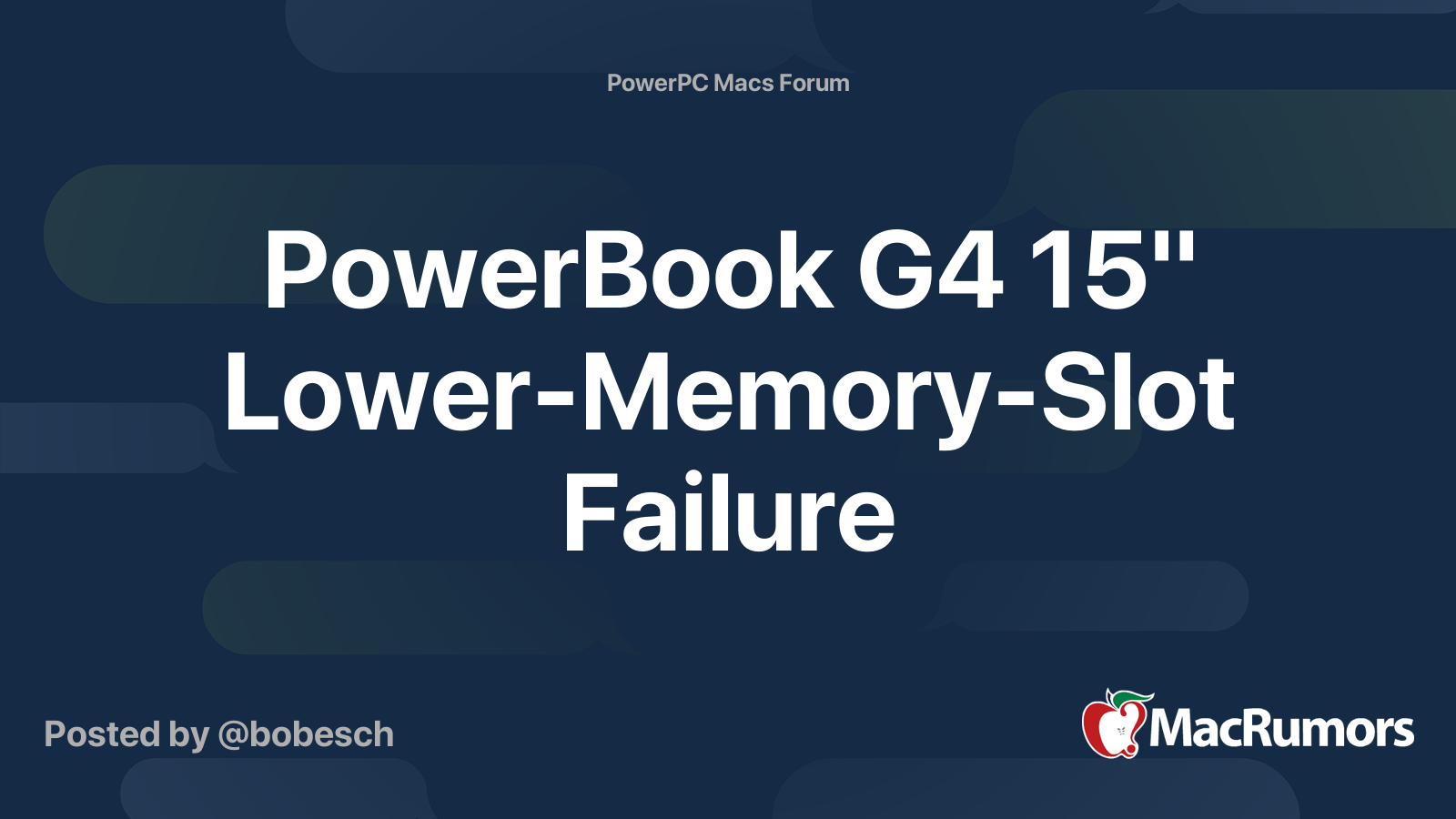So you have no evidence whatsoever, just a blurred memory of systems which melted under their own heat and came with ridiculously frail white cables, which dissolved from their own plasticizer. During the entire Intel era no Mac came with proper heat management despite using so-called mobile CPUs.
The evidence unfolds in what runs 24/7 around my home. The evidence is in the work shared here by dosdude1 and eyoungren and many more of us. All else contained by your catty reply is…
creative, to put it nicely.
And they are no longer economically repairable, if the display cable is broken. A new Retina display exceeds the remaining value of a MBP and so 'Headless' MacBooks became a thing.
If I wanted a headless MBP, I would have bought a Mac mini and a designated, standalone display. C‘est assez simple.
If I wanted an appliance, I would have bought a Roomba.
You're thinking… [snip] tl;dr:
I am. Constantly. I am thinking about entire life cycles, including interlinked social costs, ecological costs, and postponed economic costs around end-of-materials-life disposal, recovery, and re-entry into new product lives. I understand, for some, this level of thinking provokes a headache. Seems many with the Silicon appliance pom-poms here are not doing the thinking (or, worse, letting Apple do the thinking for them and trusting in belief — and little else — that Apple are “recycling” their unloved, forced-irreparable Macs, whose devolved raw materials are destined to be, truly and cleanly, recycled into new uses, easy-peasy).
It’s cool. That is your wont.
But this is the EIM forum. Comport yourself accordingly as a guest, just as we should on the Silicon Macs forum.
And I ask you to do the same:
to think.
Not in the span of making some empty, knee-jerk reply, but long-term, ongoing, in-back-of-mind as you go about your days. I challenge you to keep using that vaunted Silicon Mac of yours, non-stop,
for eleven more years. Then we’ll pick up where I’m leaving you on this final response.
In those coming eleven years, I have a homework assignment for you:
Go to a nearby facility which, successfully, recycles all the e-waste from dumped, un-upgradeable “““appliances””” known as “Mac computers” (tablets, phones, laptops, desktops, watches). Follow where all the parted materials go. Can’t find any? Arrange to find where the intermodal container full of e-waste from your region gets shipped, then travel to the destination point to see how locals handle it.
Go ahead. I’m patient. I should anticipate a thorough review from you on that, with attached photos and peer-reviewed citations aplenty. I look forward to it. Until then, there is nothing more to discuss between us.



